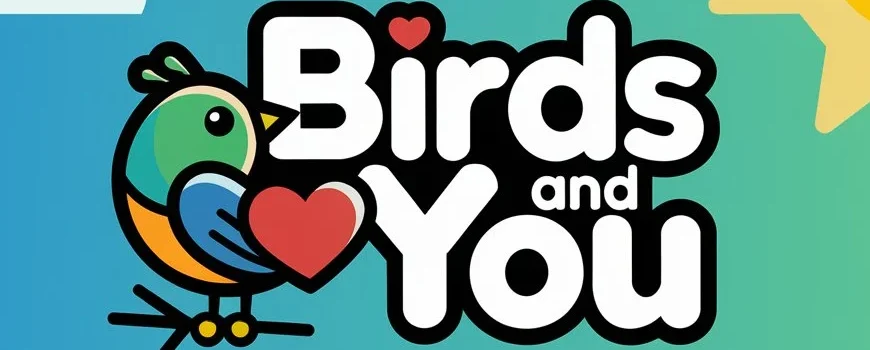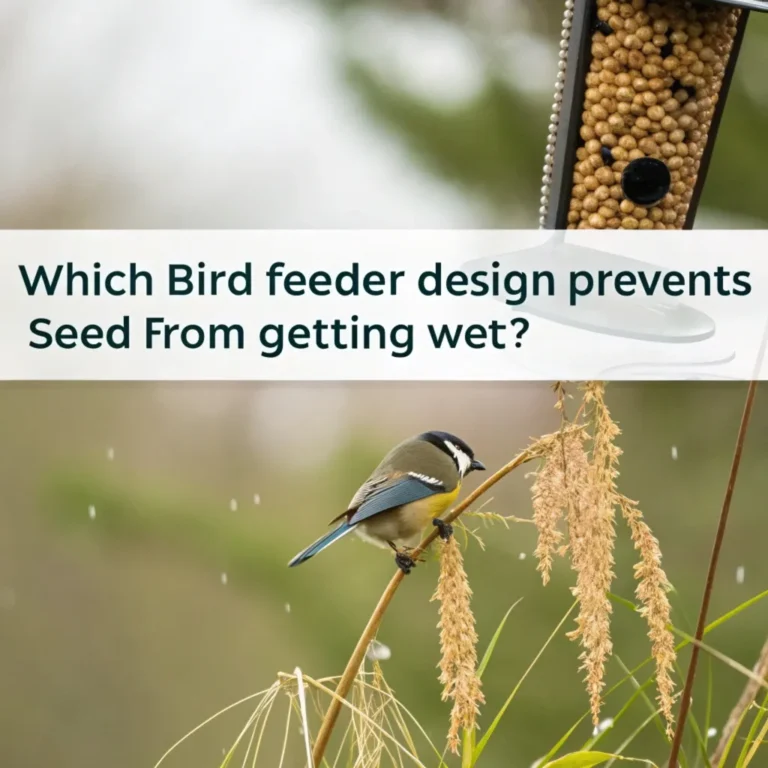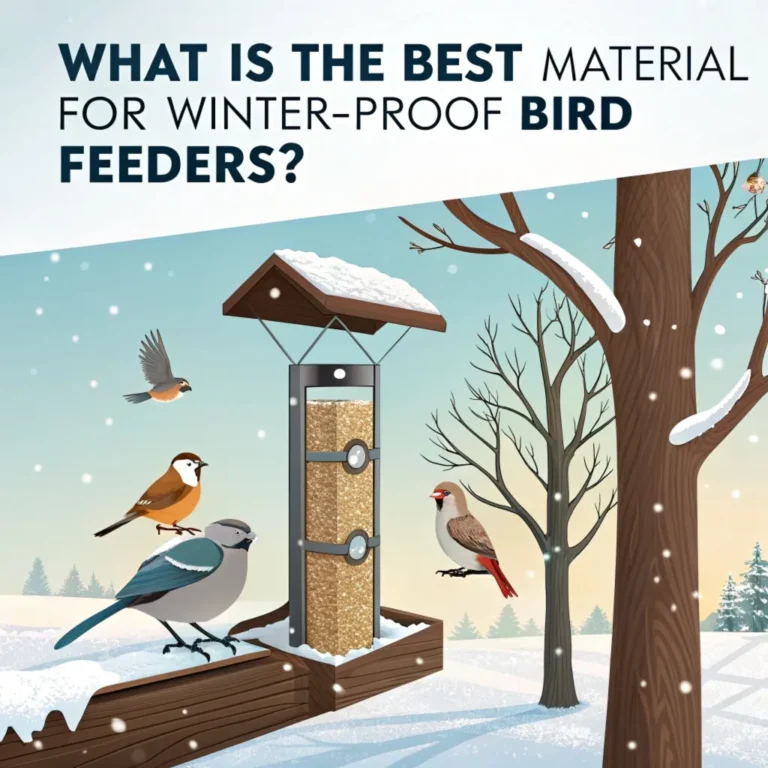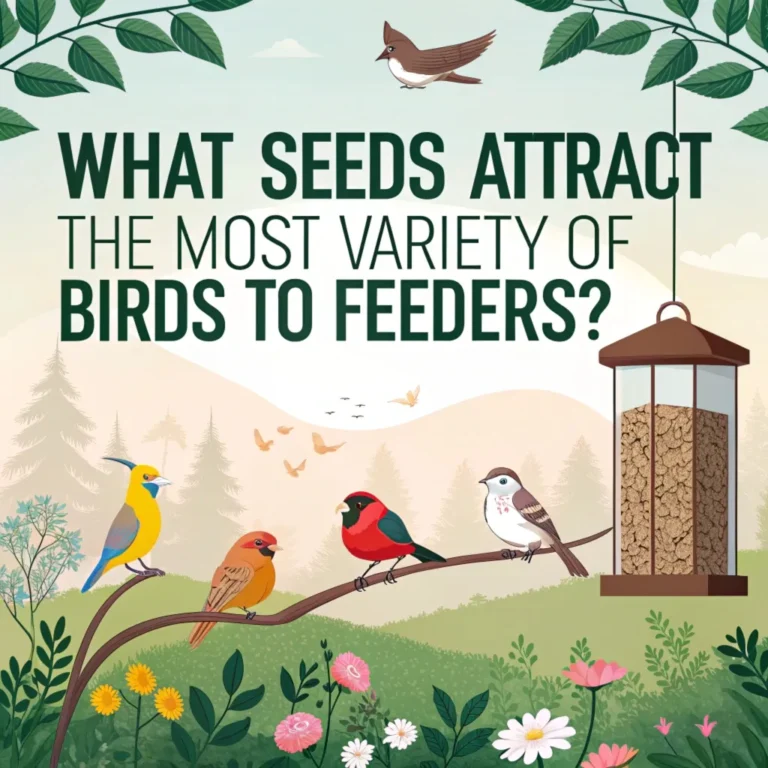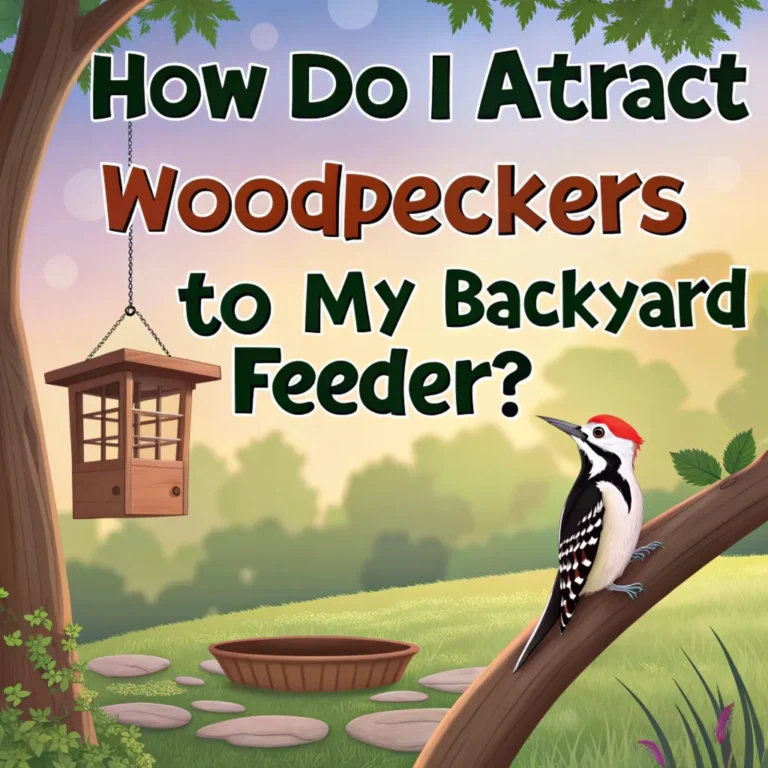How Do I Maintain Bird Feeders During Summer Months?
The warm summer months bring increased activity to our backyard bird feeders.
Proper maintenance ensures a safe and inviting environment for our feathered friends.
This guide offers practical advice for keeping your bird feeders in top condition during summer.

Key Takeaways
- Clean feeders regularly with soap and water to prevent mold and disease
- Move feeders to shaded areas to keep food fresh and provide shelter
- Offer a variety of nutritious foods suitable for summer, including seeds, fruits, and nectar
- Provide fresh water daily through birdbaths or other water sources
- Monitor for pests and use deterrents to protect bird food
- Rotate seed frequently to maintain quality and prevent spoilage
- Observe bird behavior to detect any health issues early
- Create a bird-friendly habitat with native plants and shelter options
- Place feeders strategically to protect birds from predators
- Adjust feeding practices based on local wildlife and weather conditions
Summer brings a flurry of activity to bird feeders, making proper maintenance crucial. By following these key takeaways, you’ll create a safe and inviting space for birds to thrive.
Remember, a well-maintained feeder not only attracts a diverse array of species but also supports their health and well-being throughout the warmer months.
Consistency is key when it comes to bird feeder care. By incorporating these practices into your routine, you’ll ensure that your backyard remains a popular destination for feathered visitors all summer long.
Regular Cleaning Routine
Establish a consistent cleaning schedule for your bird feeders. Clean them thoroughly every one to two weeks using mild soap and warm water. Scrub away dirt, debris, and mold. This practice prevents the spread of diseases among birds.
Maintaining a clean feeding station is paramount for bird health. Regular cleaning not only prevents the spread of diseases but also ensures that your feeders remain attractive to birds.
A clean feeder is more likely to draw a variety of species, enhancing your birdwatching experience.
Consider using a diluted bleach solution for a deeper clean occasionally. Rinse thoroughly and allow feeders to dry completely before refilling. This extra step can help eliminate stubborn bacteria and mold spores.
Proper Feeder Placement
Position your feeders in shaded areas during summer. This keeps seeds and nectar from spoiling quickly in the heat. Shade also offers birds protection from the sun and predators.
Strategic placement of feeders can significantly impact bird visitation. By positioning feeders in shaded, protected areas, you create a comfortable environment for birds to feed.
This thoughtful placement also helps preserve food quality, ensuring that seeds and nectar remain fresh for longer periods.
Consider the surrounding landscape when choosing feeder locations. Nearby trees or shrubs can provide quick escape routes for birds if predators approach.
Nutritious Food Options

Offer a variety of foods to attract different bird species. Include black oil sunflower seeds, millet, and safflower seeds.
Fresh fruits like orange slices and berries appeal to fruit-loving birds. For hummingbirds, prepare a simple nectar solution by mixing four parts water with one part white sugar.
Providing a diverse menu attracts a wider range of bird species to your yard. Each type of food caters to different dietary preferences, ensuring that your feeders become a popular destination for various birds.
This variety not only enhances biodiversity but also creates a more dynamic and interesting birdwatching experience.
Rotate food offerings seasonally to match the changing needs of birds. In summer, focus on high-energy foods that support breeding and nesting activities.
Water Source Maintenance
Birds need clean water for drinking and bathing. Provide a shallow birdbath or water source near your feeders. Clean and refill it daily to prevent stagnation and mosquito breeding.
A clean, reliable water source is as crucial as food for attracting birds. Fresh water serves multiple purposes, allowing birds to drink, bathe, and cool off during hot summer days. Regular maintenance of water sources ensures that they remain safe and inviting for avian visitors.
Consider adding a dripper or fountain to your birdbath. The sound of moving water is particularly attractive to birds and can draw more species to your yard.
Pest Management Strategies
Implement effective pest control measures. Use baffles or squirrel-proof feeders to deter squirrels and other pests. Apply natural deterrents like cayenne pepper to feeder poles. Regularly check for signs of pest activity.
Protecting bird food from pests is essential for maintaining a healthy feeding station. Effective pest management not only preserves food for birds but also prevents potential conflicts between wildlife.
By implementing these strategies, you ensure that your feeders remain a safe and welcoming space for their intended guests.
Regularly inspect your feeding area for signs of unwanted visitors. Prompt action can prevent small pest problems from becoming major issues.
Seed Quality and Rotation

Choose high-quality bird seed without fillers or cheap additives. Rotate and use fresh seed regularly to maintain its nutritional value. This practice prevents waste and attracts a wider variety of birds.
The quality of seed you offer directly impacts the health of visiting birds. High-quality seeds provide better nutrition and are more likely to be consumed completely, reducing waste. Regular rotation ensures that the food remains fresh and appealing to birds, encouraging repeat visits to your feeders.
Store extra seed in airtight containers in a cool, dry place to maintain its freshness. This practice helps preserve the nutritional value of the seed between feeder refills.
Observation and Monitoring
Watch the activity around your feeders closely. Note any changes in feeding patterns or unusual bird behavior. This helps you detect potential issues early and take appropriate action.
Regular observation is key to maintaining a healthy bird feeding station. By monitoring bird activity, you can quickly identify and address any problems that arise. This vigilance allows you to adjust your feeding practices as needed, ensuring the well-being of your feathered visitors.
Keep a log of bird species you observe at your feeders. This record can provide valuable insights into local bird populations and migration patterns over time.
Creating a Bird-Friendly Environment
Plant native shrubs, trees, and flowers to provide natural food sources and shelter. Native plants also attract insects, an important protein source for birds during breeding season.
A diverse, native landscape complements your feeding efforts. By creating a bird-friendly habitat, you provide natural food sources and shelter that support birds beyond your feeders.
This approach promotes a healthier ecosystem and can attract a wider variety of bird species to your yard.
Incorporate a mix of plant heights and types to create layers of habitat. This diversity caters to different bird species’ preferences for feeding and nesting.
Feeder Types and Placement
Use different feeder types to attract various bird species. Tube feeders work well for small seeds, while hopper feeders suit larger seeds. Place feeders in safe spots, away from areas where predators might hide.
Offering a variety of feeder types caters to the preferences of different bird species. Each feeder design is suited to specific types of food and feeding behaviors, allowing you to attract a diverse array of birds. Strategic placement ensures that birds can feed safely and comfortably.
Consider the flight paths birds might use to approach your feeders. Ensure there’s clear access and easy escape routes to enhance bird safety.
Summer-Specific Feeding Tips
Be cautious with certain foods during summer. Avoid home-made fat balls that can melt in warm weather. Use rigid mesh feeders for peanuts to prevent choking hazards for chicks. Consider switching to specialized summer bird foods.
Adapting your feeding practices to summer conditions is crucial for bird safety. Some foods that are beneficial in winter can become hazardous in summer heat. By adjusting your offerings, you ensure that the food you provide remains safe and nutritious throughout the warmer months.
Offer smaller amounts of food more frequently during hot weather to prevent spoilage. This practice also encourages birds to forage naturally for part of their diet.
Hummingbird Feeder Care
Clean nectar feeders more frequently, every few days, to prevent fermentation and bacterial growth. Use a simple sugar-water solution without artificial dyes.
Hummingbird feeders require extra attention in summer. The heat can cause nectar to ferment quickly, making it crucial to clean and refill feeders regularly.
Using a simple, dye-free nectar solution ensures that hummingbirds receive safe, nutritious food.
Position hummingbird feeders in partially shaded areas to slow nectar fermentation. This placement also provides a comfortable feeding environment for these tiny birds.
Dealing with Wet Conditions
In case of summer rain, use feeders with covers or add baffles to protect the food. This prevents seed from getting wet and moldy. Move feeders to more sheltered locations during stormy weather.
Protecting bird food from moisture is essential for preventing mold growth. Wet conditions can quickly lead to spoiled food and potential health hazards for birds. By taking steps to keep food dry, you maintain a safe and inviting feeding station even during rainy periods.
Consider using weather-resistant feeder designs that naturally shed water. These feeders can help maintain dry food conditions with less frequent intervention.
Adjusting Feeding Amounts
Fill feeders halfway during summer and refill more often. This prevents seed from sitting too long in humid conditions, which can lead to mold growth.
Proper portioning of bird food is crucial in summer. Smaller, more frequent refills ensure that the food remains fresh and appealing. This practice reduces waste and prevents the growth of harmful mold, maintaining a healthy feeding environment for birds.
Monitor consumption rates at your feeders to adjust the amount of food you offer. This helps you provide the right amount of food without overfeeding or underfeeding.
Managing Feeder Areas
Regularly clean up seed hulls and droppings under feeders. Move feeders occasionally to prevent waste buildup in one area, which can lead to disease outbreaks.
Maintaining the area around your feeders is as important as caring for the feeders themselves. Regular cleanup prevents the accumulation of waste, which can attract pests and harbor diseases. By managing the feeder area, you create a healthier environment for both birds and your yard.
Consider placing a tray or platform under hanging feeders to catch spilled seed. This makes cleanup easier and prevents seed from germinating in your lawn.
FAQs
How often should I clean my bird feeders in summer?
Clean your bird feeders at least once every one to two weeks. In hot and humid weather, increase the frequency to once a week.
What’s the best food to offer birds in summer?
Offer a variety of seeds like black oil sunflower seeds, millet, and safflower. Include fresh fruits and a simple sugar-water solution for hummingbirds.
How can I keep squirrels away from my bird feeders?
Use squirrel-proof feeders, baffles, or apply natural deterrents like cayenne pepper to feeder poles.
Is it necessary to provide water for birds?
Yes, birds need fresh water for drinking and bathing. Provide a shallow birdbath and clean it daily.
Can I use red dye in hummingbird nectar?
No, avoid using red dye in hummingbird nectar. A simple mixture of four parts water to one part white sugar is sufficient.
How do I prevent mold in my bird feeders?
Keep feeders in shaded areas, clean them regularly, and avoid overfilling. Replace wet or moldy seed immediately.
Should I feed birds differently in summer compared to winter?
Yes, in summer, focus on high-protein foods and be cautious with fatty foods that can melt. Offer more fresh fruits and clean water.
How can I create a bird-friendly garden?
Plant native species, provide various food sources, offer fresh water, and create shelter options like birdhouses and brush piles.
What signs indicate a bird might be sick?
Look for lethargy, abnormal behavior, or difficulty eating. If you notice these signs, clean your feeders more thoroughly and frequently.
Can I use a dishwasher to clean bird feeders?
Yes, some feeders are dishwasher safe. Check the manufacturer’s instructions. If hand washing, use hot, soapy water and rinse thoroughly.

Luna is the passionate founder and author of Birds and You, a website dedicated to sharing her love for birds with fellow enthusiasts. Through her engaging articles and guides, she aims to educate and inspire others to explore the fascinating world of birds. When she’s not writing, you can find Luna observing birds in their natural habitats or sharing beautiful bird photography on Pinterest. Join her on this journey to celebrate and protect our feathered friends!
